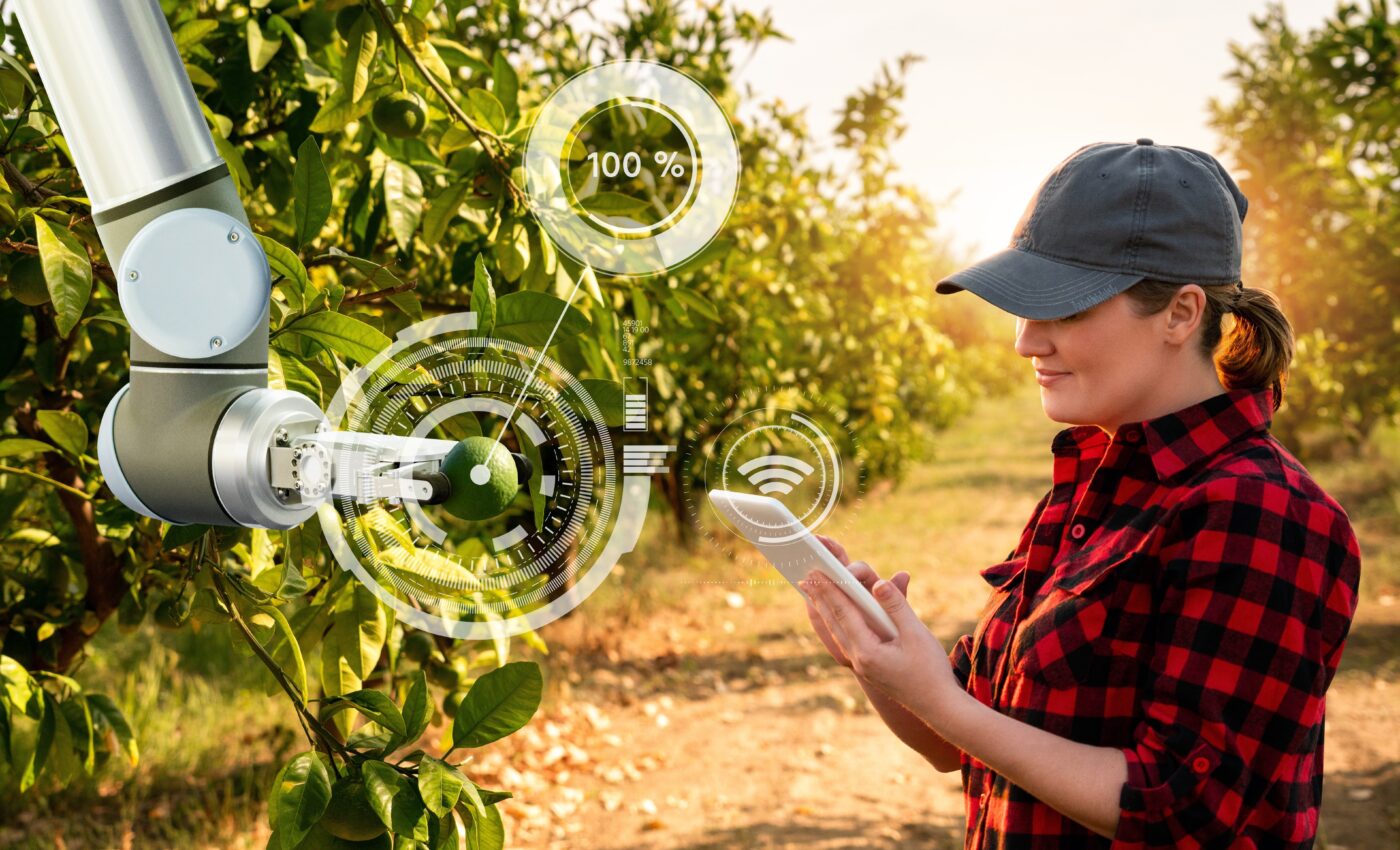
Computational tools may improve the future of farming
Factors such as population growth, climate change, natural resource depletion, soil erosion, and fossil fuel use in farming lead to increased concerns about food security and a need to fundamentally rethink traditional agricultural practices. By using groundbreaking computational tools, a team of scientists led by the University of Southern California (USC) has recently investigated new ways to help farmers design, develop, and manage sustainable farming methods.
This new area of research, called “computational agroecology,” aims to combine technology and farming expertise to develop a variety of agricultural landscapes based on natural ecosystems in order to allow farmers explore thousands of potential designs of optimizing food production without fossil fuel-derived pesticides.
“How can we design an ecosystem that is as productive and sustainable as a natural forest, but instead of producing food for wildlife, it’s producing food for people?” said senior author Barath Raghavan, an associate professor of Computer Science at USC.
“It’s an incredibly hard problem because designing an ecosystem is a super complex, dynamic, natural system. We’re trying to build computing tools that can figure out how ecosystems work, so we can grow food plentifully and sustainably.”
Raghavan and his colleagues reconceptualize agriculture as a search through a “state space” representing all possible configurations of agricultural systems. This state space consists of all the possible variables an agricultural system can take, including crop or soil type, irrigation methods, weather conditions, fertilization, or pest control, which allows agricultural researchers and farmers to explore a variety of farming paths and strategies in order to increase crop yield, improve sustainability, and find new combinations of crops which grow well together.
“Once we can conceive of a farm this way, we can then reframe many research questions and farming planning questions as a search through the space of all possible states the farm could possibly end up in, with certain states being more desirable than others,” Raghavan explained.
“This allows us to compare and contrast different approaches to farming, explore and combine techniques, and then search the state space in simulation for new farming techniques that have never been tried before and where trial and error in the real world would be far too expensive and time-consuming.”
With this conceptual and eventually software framework, farmers could spell out objectives, such as diversified harvest with high yield and profit for a specific piece of agricultural land, and have the system explore the state space and provide advice about possible plant mixtures, placement, and management techniques that would meet the farmer’s criteria.
“You’re making moves on the chessboard, which is your land, and nature is making moves too. Pests are going to eat one crop; a flood is going to damage another. What we are building is a computational framework that allows you to explore all the different ways that you might ‘play’ this game of chess with nature so that we can come up with the best one for your land,” Raghavan concluded.
The study is published in the journal PNAS Nexus.
—
By Andrei Ionescu, Earth.com Staff Writer
Check us out on EarthSnap, a free app brought to you by Eric Ralls and Earth.com.













